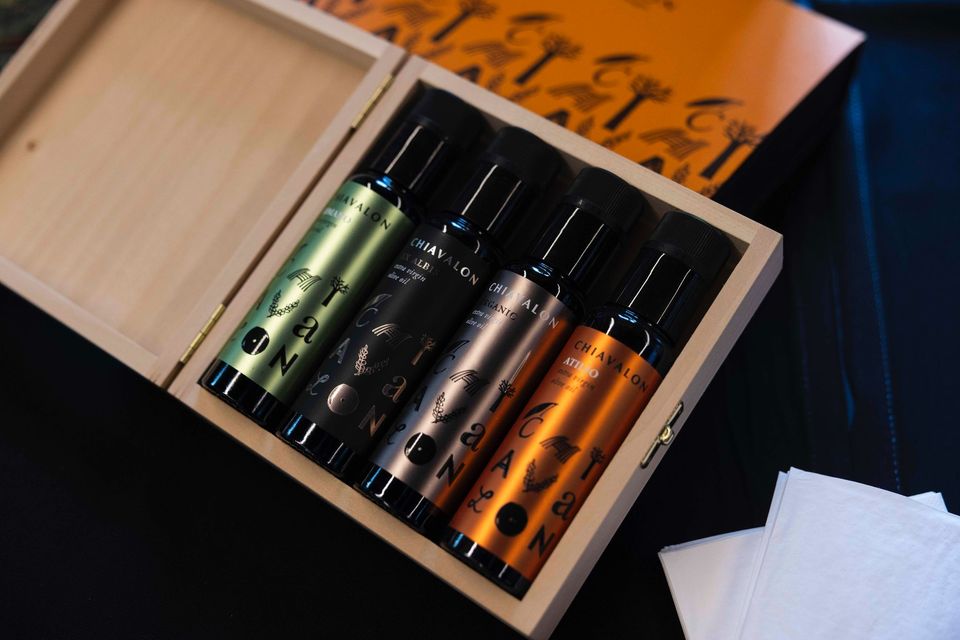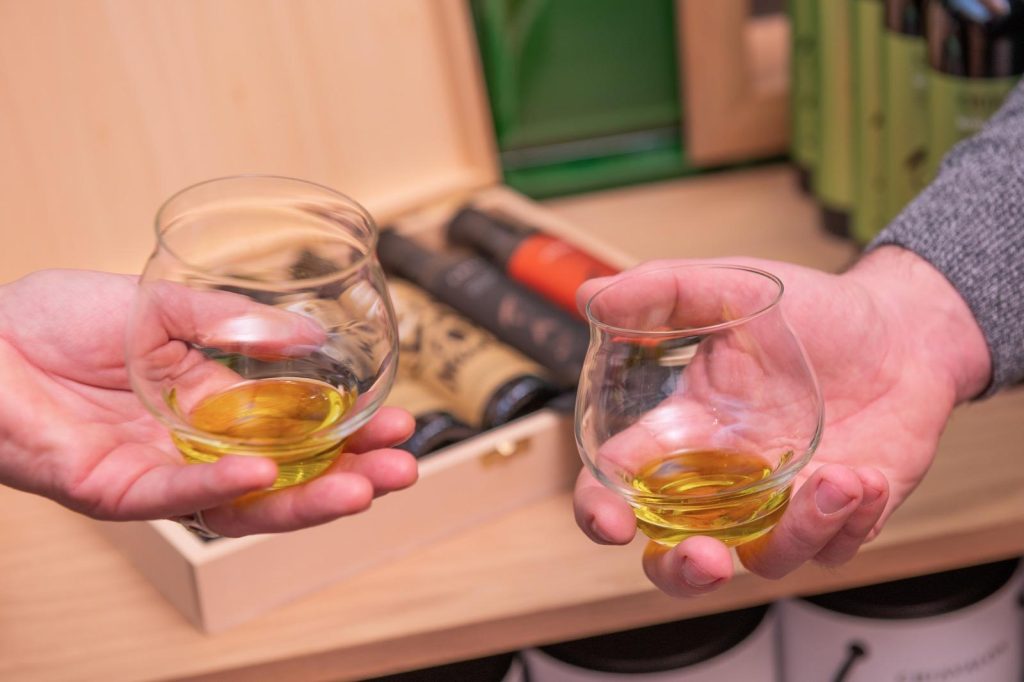News
15. 3. 2025
Olive Oil myths debunked: what you need to know

Olive oil is widely regarded as one of the healthiest oils available, but there are still many myths surrounding it. In this article, we’ll debunk some of the most common misconceptions and shed light on the truths about olive oil.
Myth 1: Olive oil is unhealthy for cooking
Many people believe that olive oil isn’t suitable for high-heat cooking because it can turn rancid. In reality, extra virgin olive oil has a high smoke point (around 190–220°C/375–430°F), making it safe for cooking at medium to high temperatures. It’s an excellent choice for sautéing, grilling, and roasting. Dangerous olive oils as usually not “real olive oils” but mixed ones with other ingredients – when buying olive oil make sure to read the ingredients list.
Myth 2: All olive oils are the same
Not all olive oils are created equal. Chiavalon extra virgin olive oil is produced using cold-pressing methods that retain its natural flavors and health benefits. The oil is processed at temperatures ranging from 19-21°C, utilizing the cutting-edge MORi-TEM technology for olive oil extraction, ensuring optimal quality and flavor preservation. Regular olive oil, on the other hand, may undergo refining processes that strip away nutrients and taste.
Myth 3: Olive oil is only for Mediterranean dishes
While olive oil is a staple in Mediterranean cuisine, it’s incredibly versatile and can be used in a variety of dishes. Whether you’re baking, making salad dressings, or even using it in desserts, extra virgin olive oil adds a rich depth of flavor to any dish. We use it in every dish for any type of cuisine – from eggs, pasta, meat to cocktails.

Myth 4: Olive oil can be stored anywhere
Proper storage is crucial for preserving the quality of olive oil. Storing olive oil in a cool, dark place and sealing it tightly ensures that it retains its freshness and flavor for longer.
Myth 5: Extra virgin olive oil has to be green
That is not the whole truth. Olive oil is green when it’s recently produced. During the year colour gets more golden, that’s why we call it liquid gold. Proof of this is that at competitions, judges use blue glasses for tasting to avoid being influenced by the color. The color of olive oil absolutely tells nothing about its quality.
Olive oil is a fantastic and versatile ingredient, but it’s important to separate fact from fiction. By understanding the truth behind these myths, you can choose the right olive oil in the store, create amazing dishes with it, and enjoy its many benefits in your daily life.